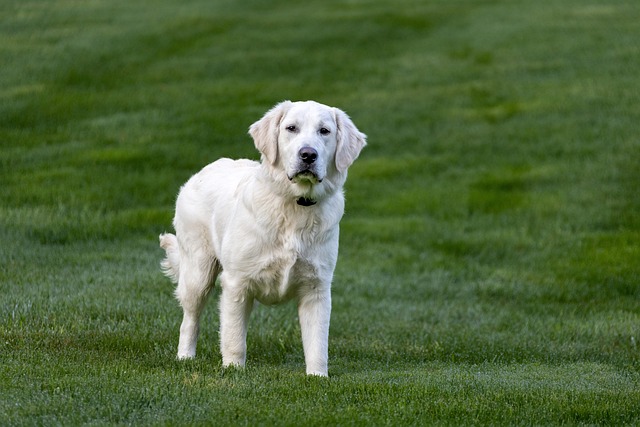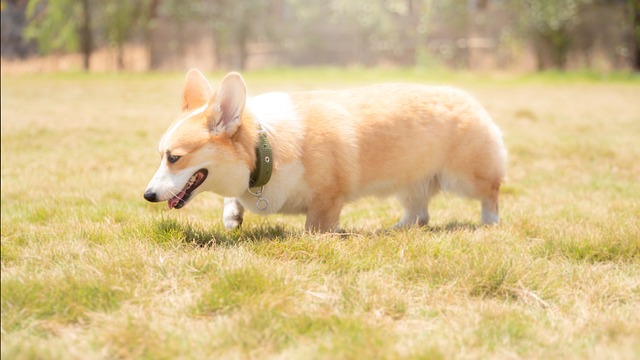
Will my dog lose weight if I feed him less?
Many dog owners notice their pup packing on extra pounds after switching to a more sedentary routine—maybe fewer trips to the park or extra treats from remote work snacking.
If you’ve noticed your dog struggling to keep up on walks or squeezing into their bed a little too tight, you might be wondering how to help them shed those extra 10 pounds—and how long it’ll take. The answer isn’t one-size-fits-all, but with the right steps, you can guide your pup to a healthier weight safely.
Figuring out how long your dog needs to drop 10 pounds starts with their current size and activity level. A small terrier might shed weight faster than a large breed, since metabolism varies. Most vets recommend a slow, steady pace—about 1-2% of your dog’s body weight per week—to keep them healthy. That means if your dog weighs 100 pounds now, losing 1-2 pounds weekly could get them to their goal in 5-10 weeks.
You’ll need to pair portion control with regular exercise to see results. Skip the extra table scraps—many human foods are high in calories and can disrupt your dog’s diet. Instead, opt for low-calorie treats like carrot sticks or green beans when training. For exercise, daily walks of 30-45 minutes work well, but mix in playtime too—fetch or tug-of-war keeps them engaged and burns more calories than a slow stroll.
 Don’t forget to check local laws about dog exercise and public spaces. Some cities require leashes in parks, and others have designated off-leash areas where your dog can run freely. Following these rules keeps your dog safe and helps you avoid fines. It’s also a good idea to schedule a vet visit before starting a weight-loss plan—they can rule out health issues like hypothyroidism that might cause weight gain.
Don’t forget to check local laws about dog exercise and public spaces. Some cities require leashes in parks, and others have designated off-leash areas where your dog can run freely. Following these rules keeps your dog safe and helps you avoid fines. It’s also a good idea to schedule a vet visit before starting a weight-loss plan—they can rule out health issues like hypothyroidism that might cause weight gain.
Tracking progress is key to staying on track. Weigh your dog once a week at the same time, like after their morning walk, to get consistent numbers. Keep a log of their meals and exercise too—this helps you adjust if they’re not losing weight as expected. If you notice your dog is tired or uninterested in activities, slow down the plan and check with your vet.
Every dog is different, so be patient with the process. Rushing weight loss can lead to muscle loss or nutrient deficiencies, which are worse for your dog’s long-term health. Celebrate small wins, like when they have more energy on walks or fit into their old harness again. With the right plan and a little dedication, your dog will reach a healthy weight in no time.
By focusing on steady progress, following local regulations, and working with your vet, you’ll help your dog stay happy and healthy for years to come. Remember, weight loss is a journey for both of you—enjoy the extra time together during walks and play sessions, and you’ll both see the benefits.

Many dog owners notice their pup packing on extra pounds after switching to a more sedentary routine—maybe fewer trips to the park or extra treats from remote work snacking.

If you’ve noticed your dog struggling to keep up on walks or squeezing into their bed a little too tight, you might be wondering how to help them shed those extra 10 pounds—and how long it’ll take.

Balanced diet for dogs isn’t just about filling a bowl—it’s about matching nutrients to their age, breed, and activity level.

Bathing a dog in the bathtub doesn’t have to be a messy fight—with a little prep, it can even be a calm routine for both you and your pup.

I’ll start with a relatable scenario of a new owner struggling to keep their dog cool in hot weather, then explain how cooling bandanas work (and their limits) using science

Proper nutrition for a dog isn’t just about filling a bowl—it’s about matching their body’s needs to their age, size, and energy level.